If I wanted some protein that’s warm and easy to mix into a meal, I would reach for some eggs. I’ve even tried a recipe that only required water and some seasoning, but it wasn’t for boiled eggs!
Below are some links to more details, including photos:
My Story
While I was writing about my experience with a steamed chicken recipe, I was curious about chicken soup recipes with ginger and wine. What I found was the Chinese Chicken Soup Recipe from Yangsze Choo’s blog.
Inspiring Recipe
As I continued browsing through Yangsze’s posts, I found How to Poach Eggs in Their Shells. With such a straightforward method of cooking eggs, I had to try it!
First Try
With the few required ingredients already at home, I was ecstatic to jump right in.
Ingredients to Use
For the ingredients, I followed what was noted on the blog post.
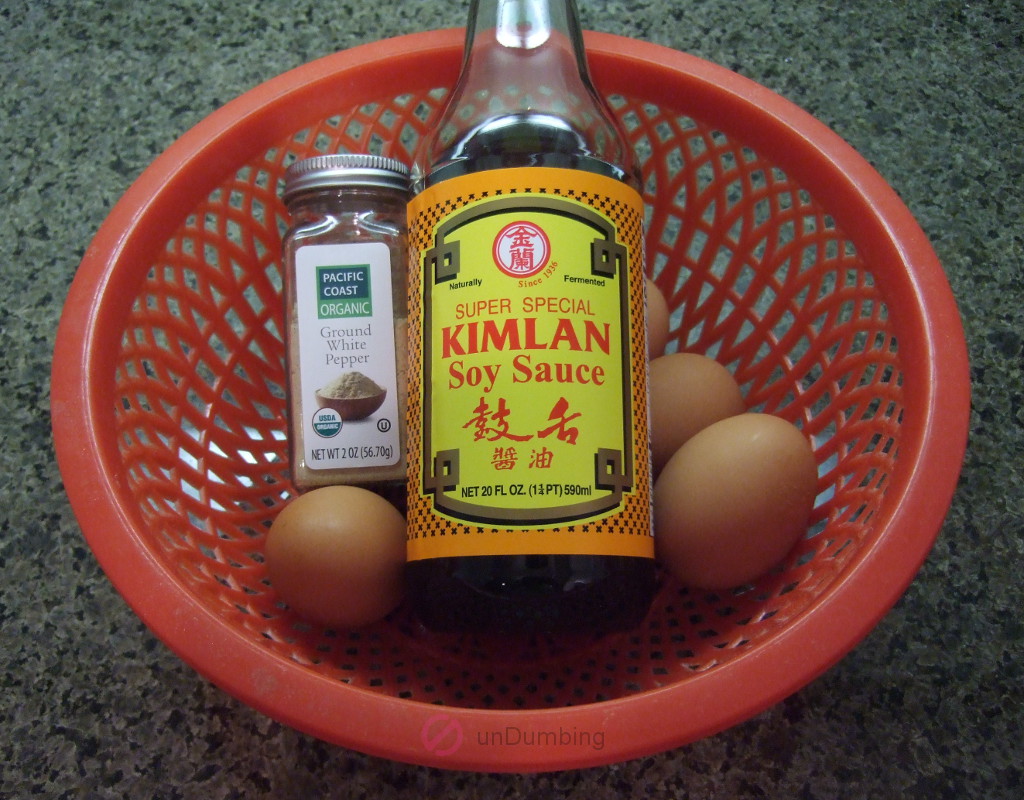
Steps to Prepare
Of the five steps in the instructions, I modified step 2 slightly by using a 3-quart saucepan only because it didn’t seem like my 1.5-quart saucepan would have held the water and eggs without the water overflowing.
Perhaps I should’ve accounted for some water loss during the boiling process and assumed that the small saucepan would’ve been big enough?
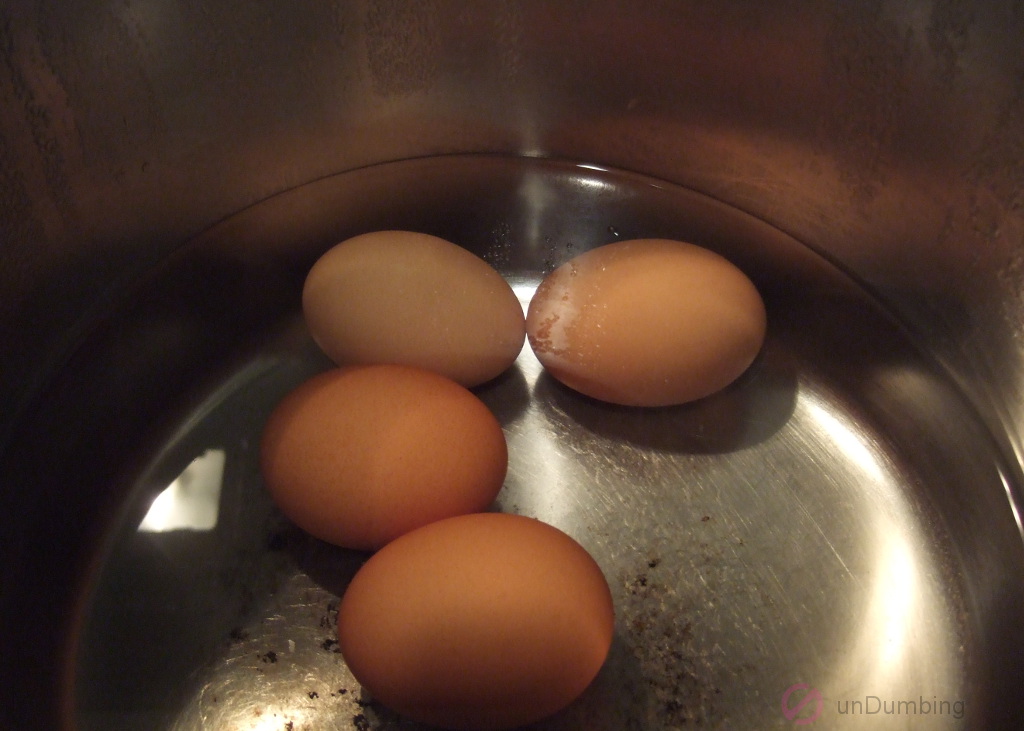
Time to Eat
After adding some soy sauce and white pepper to the egg, it was ready.

Recipe Rating
Below were the results of the recipe after the first try:
| # of Ingredients | Effort | $ / Serving | Try Again? |
|---|---|---|---|
| 4 * |

I would’ve preferred the egg to be warmer and firmer. Also, it needed a little more soy sauce and a lot more pepper. After the taste test, I just dumped the remaining egg in a bowl of rice and called it a day.
Second Try
For the second batch of eggs, I wanted them to be more solid, slightly hotter, and with more flavor.
Ingredients to Use
During the second try, I only switched the soy sauce because the previous one was all used up.
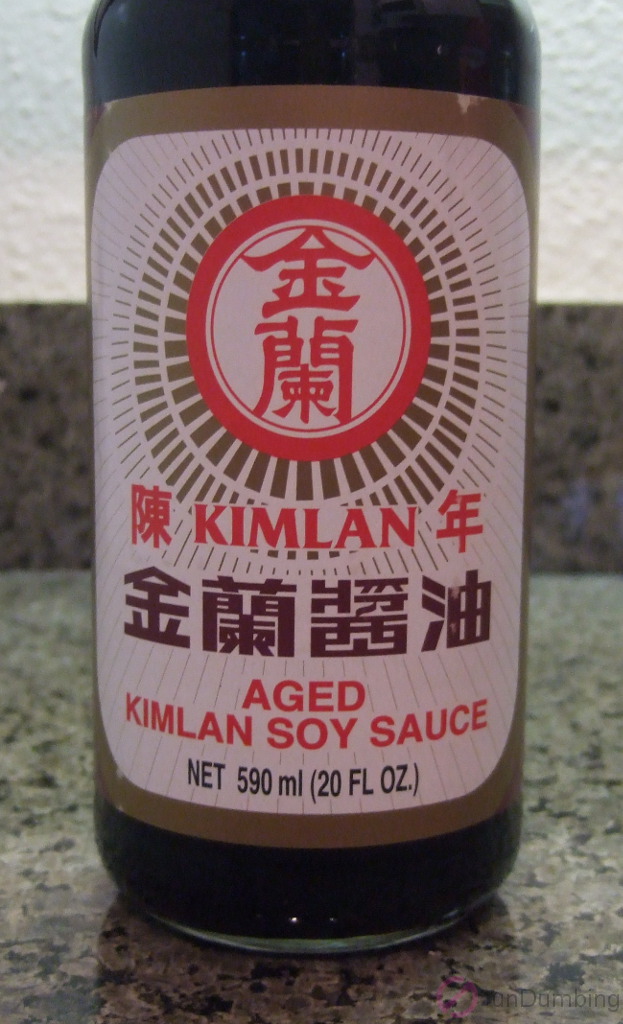
Steps to Prepare
As for the process this time, I only tweaked steps 4 and 5.
For Step 4, I had the eggs sit in the saucepan for a few more minutes, totaling 18 minutes.
As for Step 5, I added more soy sauce and white pepper as compared to the first try.

Time to Eat
When the egg was ready to be served, I was anxious to see if it was more satisfying.
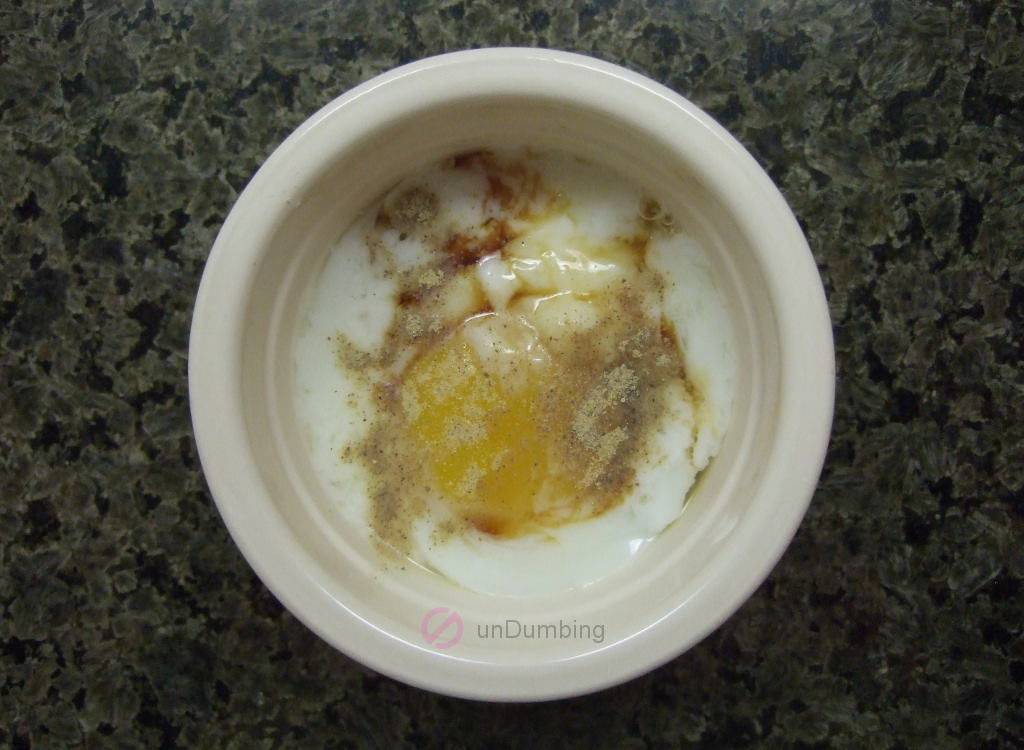
Recipe Rating
Below are the results of the recipe from the second attempt:
| # of Ingredients | Effort | $ / Serving | Try Again? |
|---|---|---|---|
| 4 * |

The egg had a nice kick from the white pepper and good flavor from the soy sauce. However, though it was warmer and less watery than before, I still would like it more solid. Nonetheless, I would still prepare eggs using this method if I wanted to keep the process simple.
To get the eggs to cook better, I will try the following next time:
Continuous Improvement
- Use a smaller saucepan and add less cold water in Step 2, if there’s not enough room.
After poaching eggs in their shells using an oversized saucepan, I learned the following that I would like to share with my younger self:
Lesson for Dumber Self
- Sometimes you just have to trust the recommendation provided by an expert!
What will you do now?
Next Step for You
- Try the recipe, How to Poach Eggs in Their Shells, from Yangsze Choo’s blog?
- Share a tip on how you achieved firmer egg whites for poached eggs?
- Read another post on this site? (Go to the menu at the top of the page.)

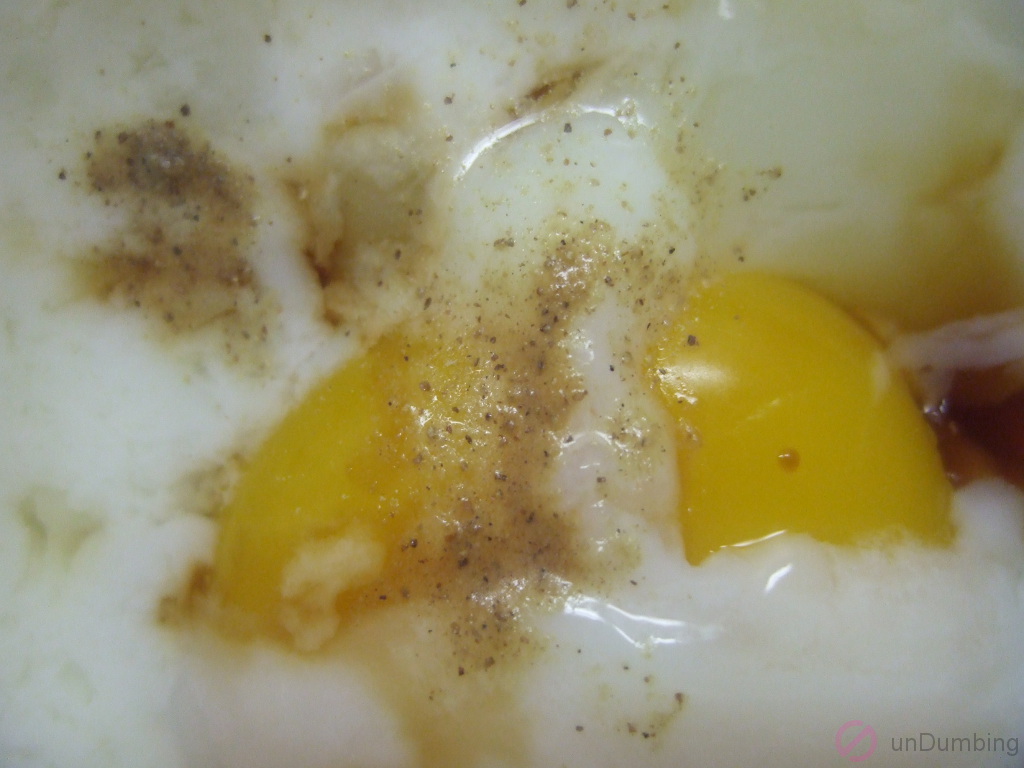
Leave a Reply